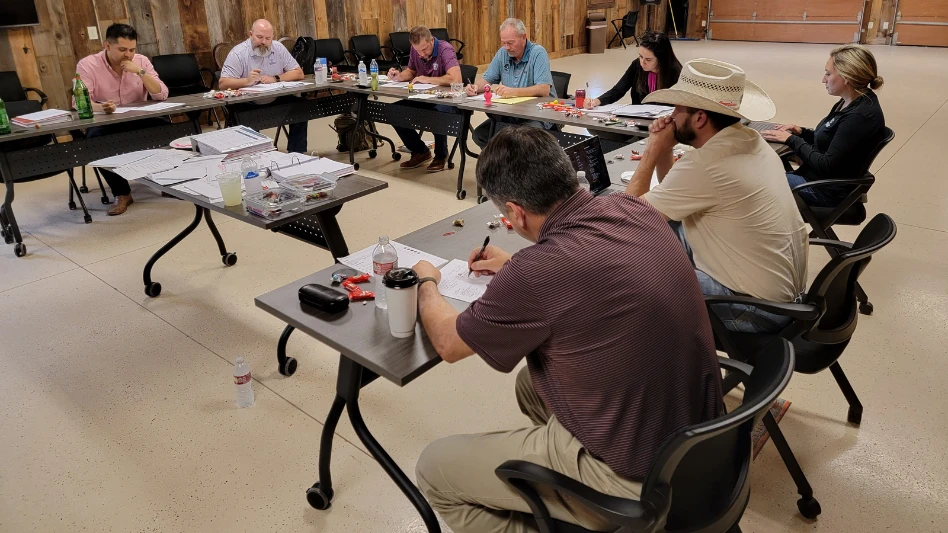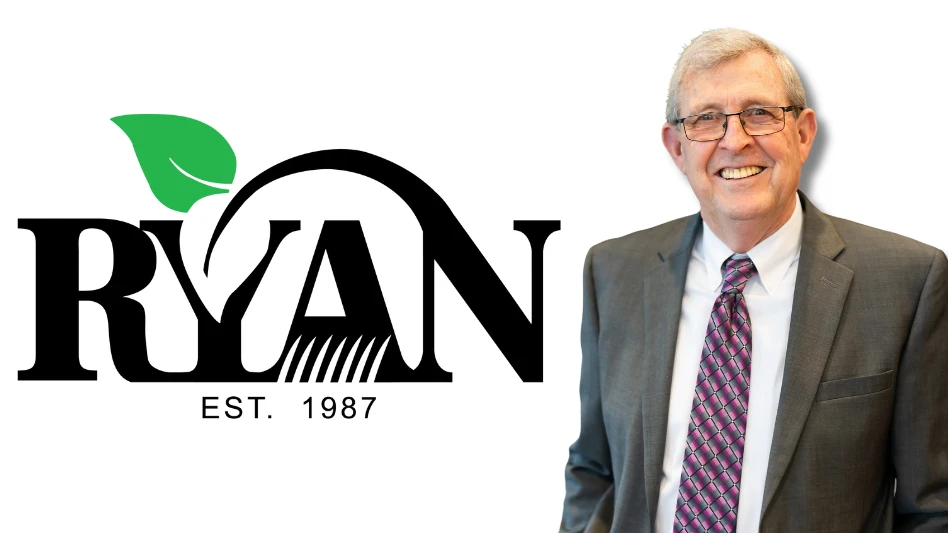|
|
Stonewall Jackson was one of the greatest military geniuses to ever come out of West Point. He was meticulous with the details in his preparation for battle. He could zoom out and almost instantly understand a battlefield’s numerous threats and opportunities. Unfortunately, for all of his brilliance, he was extremely headstrong and often kept his troops in the dark regarding important battlefield details. My mind drifted to my clients and what I tried to do for them in my seminars, workshops and consultations. I attempt to quantify and measure the business process and utilize this information by means of easily understood metrics. The whole purpose of this process is to minimize risk and maximize certainty in a business. I use two tools for doing so. The first is the annual budget (the big or strategic picture). The second is individual pricing scenarios for a company’s services and projects (the little or tactical picture). Dig deep.The previous day I had worked with my client Jim Webb. Jim is the president of Valley Landscape Service in Jackson, Wyo. As we had done for the previous 10 years, Jim and I sat down and prepared his 2015 annual budget. Using 2014 data from QuickBooks as a point of departure, we projected 2015 revenue. Next we calculated material, field labor, field labor burden, equipment, rental equipment and subcontractor costs for all his profit centers. We then calculated his general and administrative (G&A) overhead costs for the year. This annual budget process took us 2-3 hours and it gave us the big picture for 2015. We had measurable sales goals, costs and projected net profit margins for each division. If something went wrong in a division, we could analyze the data and determine what went wrong and why. Once we had the annual budget (the big picture) in place, we then reviewed Jim’s pricing for all of his services (the little picture) to include irrigation service, mowing, fertilization, cleanups, fine gardening and so forth. When reviewing each service, Jim and I scrutinized each cost to ensure they accurately reflected the costs for Jim’s company. This process gave us unit prices for services sold by the man-hour (mowing, cleanups, irrigation service, etc.) and those sold by the material unit. Jim had pricing worksheets going back almost 10 years. We could review them and see how his pricing had evolved over the past decade. It was a tedious process. However, once completed, Jim had accurate prices for all of his services which not only included healthy net profit margins but also accurately reflected costs specific to his company. In addition, Jim had quantifiable and easily measured hourly, daily, weekly, monthly and yearly revenue goals for each member of his team. If Jim’s crews hit these benchmarks, the company would be profitable as projected. If they did not hit these benchmarks, Jim and his team had the data to analyze what went wrong and then make the appropriate adjustments. Smart but silent.General Jackson was a brilliant tactician. His analysis of both big picture and little picture events was superb. Sadly, as he was scouting for the battle of Chancellorsville, Va., his scouting party inadvertently rode their horses in front of the Confederate battle lines. When Jackson’s party turned to cross back through those lines in the dark, friendly forces thought they were being attacked by Union cavalry and they opened fire. Jackson died May 10, the victim of “friendly” fire and, you could argue, the self-inflicted fog of war. Too often, contractors, while brilliant in some areas, grope around in the fog as they are oblivious to threats that loom in the dark. Proper analysis of both big and little picture details is critical. Doing so provides the data that everyone in a company can use to improve the operation. Not doing so keeps everyone in the dark. Jackson learned the hard way that keeping subordinates in the dark can be costly. Fortunately for green industry contractors, shooting yourself in the foot is a form of friendly fire that costs you money and not your life.
|

Explore the June 2015 Issue
Check out more from this issue and find your next story to read.
Latest from Lawn & Landscape
- LMN partners with Attentive.ai
- Get to know the generations working for you
- Addressing addiction in landscaping
- Fairway expands national footprint with 6 acquisitions
- Graze Robotics opens new headquarters in Plano, Texas
- Addiction in the green industry
- Kress earns Sourcewell approval
- The best laid plans






